12 Simple Ways to Make Mealtimes With Toddlers Less Chaotic and More Enjoyable
Mealtimes with toddlers can feel like a cross between a juggling act and a food fight. One moment they’re giggling, the next they’re launching peas across the room. But teaching your little one to eat independently doesn’t have to be a daily battle of wills. With the right strategies, you can turn chaos into confidence—and even have a little fun along the way. From setting consistent routines to embracing the inevitable mess, these expert-backed tips are designed to make meals smoother, happier, and a whole lot less stressful. Here’s how to encourage independent eating while keeping your sanity intact.
1. Set Regular Mealtime Schedules
Toddlers thrive on predictability, especially when it comes to food. Offering three meals and two snacks at consistent times each day helps their little bodies develop hunger cues they can trust.
Keeping mealtimes brief is equally important. Most toddlers have attention spans that last about 20-30 minutes at the table – pushing beyond this often leads to cranky behavior and food battles.
When children know what to expect and when to expect it, they come to the table with genuine hunger rather than grazing throughout the day. This routine becomes a comforting rhythm in their day that reduces anxiety around eating.
2. Family Meals Create Positive Models
Little eyes are always watching! When toddlers observe family members enjoying nutritious foods, they’re more likely to give those foods a try themselves. The monkey-see-monkey-do principle works wonderfully at the dinner table.
Shared meals also build crucial conversation skills. Even if your toddler isn’t speaking in full sentences yet, they’re absorbing language patterns and social cues during these gatherings. Family meals don’t need to be elaborate affairs.
Even quick weeknight dinners where everyone sits together for 15 minutes create valuable learning opportunities and strengthen family bonds beyond just nutrition.
3. Embrace the Inevitable Mess
Food exploration is a sensory adventure for toddlers! Those squished bananas and tossed peas aren’t just messes—they’re scientific experiments helping your child understand textures, temperatures, and tastes.
Your reaction to messes matters tremendously. When you stay calm about spills, you’re teaching your little one that mistakes happen and learning is messy business.
Make cleanup easier with splash mats under high chairs, bibs with deep pockets to catch falling food, and keeping wipes within arm’s reach. Remember: the messier the eater now, the more likely they’ll develop healthy relationships with diverse foods later!
4. Prep Your Mealtime Battlestation
A smooth mealtime starts before your toddler even sits down. Having everything ready—food cut into safe pieces, drinks poured, and utensils laid out—prevents the mid-meal scramble that often leads to tantrums.
Invest in toddler-friendly dinnerware that won’t shatter when inevitably dropped. Plates with suction cups, spill-proof cups, and short-handled utensils designed for small hands make self-feeding more successful. Safety comes first with proper seating.
A secure highchair or booster seat positions your child at the right height and keeps them safely contained, allowing you to focus on the positive aspects of the meal rather than constantly preventing falls.
5. Tiny Portions Win Big Victories
A mountain of food can overwhelm a toddler faster than you can say “just one more bite.” Starting with tablespoon-sized portions respects their tiny tummies and prevents food waste.
The clean plate club has no place in modern parenting. When toddlers can request seconds themselves, they develop better awareness of their own hunger signals—a crucial lifelong skill. Watch liquid intake before meals.
A toddler who fills up on milk or juice 30 minutes before dinner won’t have room for nutrient-dense foods. Offer water with meals instead, saving milk for after the main course if they’re still hungry.
6. Food Introductions Need Strategic Planning
Toddlers often need 10-15 exposures to a new food before acceptance. Pairing unfamiliar foods with favorites creates a bridge of comfort—try serving new broccoli alongside beloved pasta. Timing matters tremendously.
Introduce new foods when your child is well-rested and genuinely hungry, not during tired, cranky periods when rejection is almost guaranteed. Focus on courage, not consumption.
Celebrate when your toddler touches, smells, or licks a new food, even if they don’t swallow it. These seemingly small interactions build the confidence needed for eventual acceptance, turning potential food battles into adventures in taste exploration.
7. Develop Independence Through Self-Feeding
Those adorably clumsy attempts at spoon-feeding aren’t just cute—they’re building crucial fine motor skills and independence. Soft finger foods like banana slices, cooked pasta, and small cheese cubes give toddlers perfect practice opportunities.
Pre-loaded spoons work wonders during the transition to utensils. Fill a toddler-sized spoon with food, then let your little one bring it to their mouth while you prepare the next bite. Expect the learning curve to be messy and slow.
What takes you seconds might take your toddler minutes, but rushing this process or constantly taking over sends the message that they’re not capable—patience now pays dividends in confidence later.
8. Transform Meals Into Playful Adventures
Food becomes instantly more appealing when it’s part of a game! Create simple vegetable faces on plates or challenge toddlers to build towers with cucumber rounds before eating them.
Pretend play works magic at the table. A spoonful of peas becomes a choo-choo train heading for the mouth-tunnel, or broccoli transforms into tiny trees for dinosaur toys to munch on first. Involvement builds investment.
Even young toddlers can help tear lettuce, stir batters, or arrange crackers on a plate. These simple tasks create ownership and pride that often translates to greater willingness to try the foods they’ve helped prepare.
9. Words Matter at Mealtime
“You need to eat this” creates instant resistance, while “Which would you like to try first?” invites participation. The language we use around food shapes a toddler’s entire relationship with eating.
Pressure backfires spectacularly with toddlers. Comments like “just three more bites” or “you haven’t touched your chicken” turn meals into power struggles that nobody wins. Narrate rather than negotiate.
Describing foods—”These carrots are crunchy and sweet”—sparks curiosity without demands. Remember that forcing foods creates negative associations that can last years, while gentle exposure builds positive connections that promote healthy eating habits.
10. Create Distraction-Free Dining Zones
Screens and toys compete for attention that should be focused on exploring food and family connection. Designating meals as device-free time helps toddlers tune into their bodies’ hunger signals instead of zoning out.
Background music can work wonders where screens fail. Soft, pleasant tunes create a calm atmosphere without the hypnotic distraction of videos that disconnect children from the eating experience. Consistent mealtime locations matter too.
When toddlers always eat at their high chair or booster seat rather than wandering with snacks, they develop stronger associations between sitting down and focused eating—a habit that serves them well through childhood.
11. Offer Limited But Meaningful Choices
Control is currency in a toddler’s world. When you ask “Apple slices or orange segments?” instead of the open-ended “What fruit do you want?” you’re giving them age-appropriate autonomy while maintaining nutritional boundaries.
The magic number is two—offering more choices often overwhelms young decision-makers. Keep options visually present rather than theoretical, allowing toddlers to point if their verbal skills are still developing.
Extend choice beyond just food selection. “Would you like to use the blue plate or the green one?” gives toddlers agency even when the menu isn’t negotiable. These small decisions satisfy their developmental need for independence without turning mealtime into a restaurant experience.
12. Create Comfortable Eating Environments
Physical comfort dramatically affects mealtime success. Ensure your toddler’s feet rest on a supportive surface rather than dangling—proper positioning improves focus and reduces wiggling.
Lighting and temperature matter more than we realize. Harsh overhead lights can create sensory overload, while a too-warm room makes everyone cranky. Aim for natural light when possible and comfortable room temperatures. Consider noise levels carefully.
Many toddlers become overwhelmed by loud conversations or kitchen sounds, making it impossible to concentrate on eating. Creating a consistently calm atmosphere helps sensitive eaters relax enough to explore new foods and enjoy family meals.

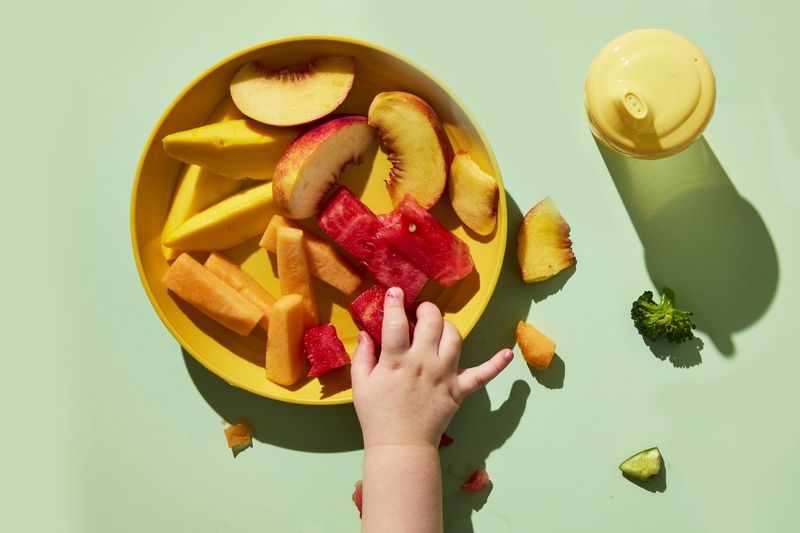
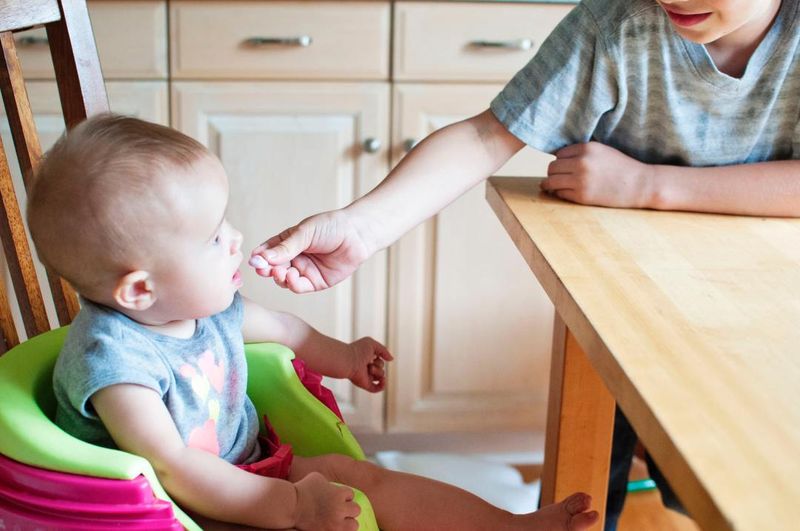

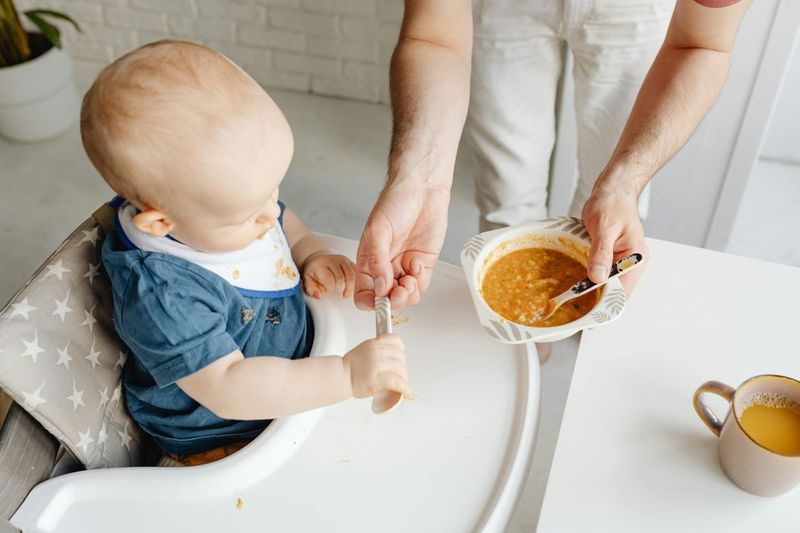
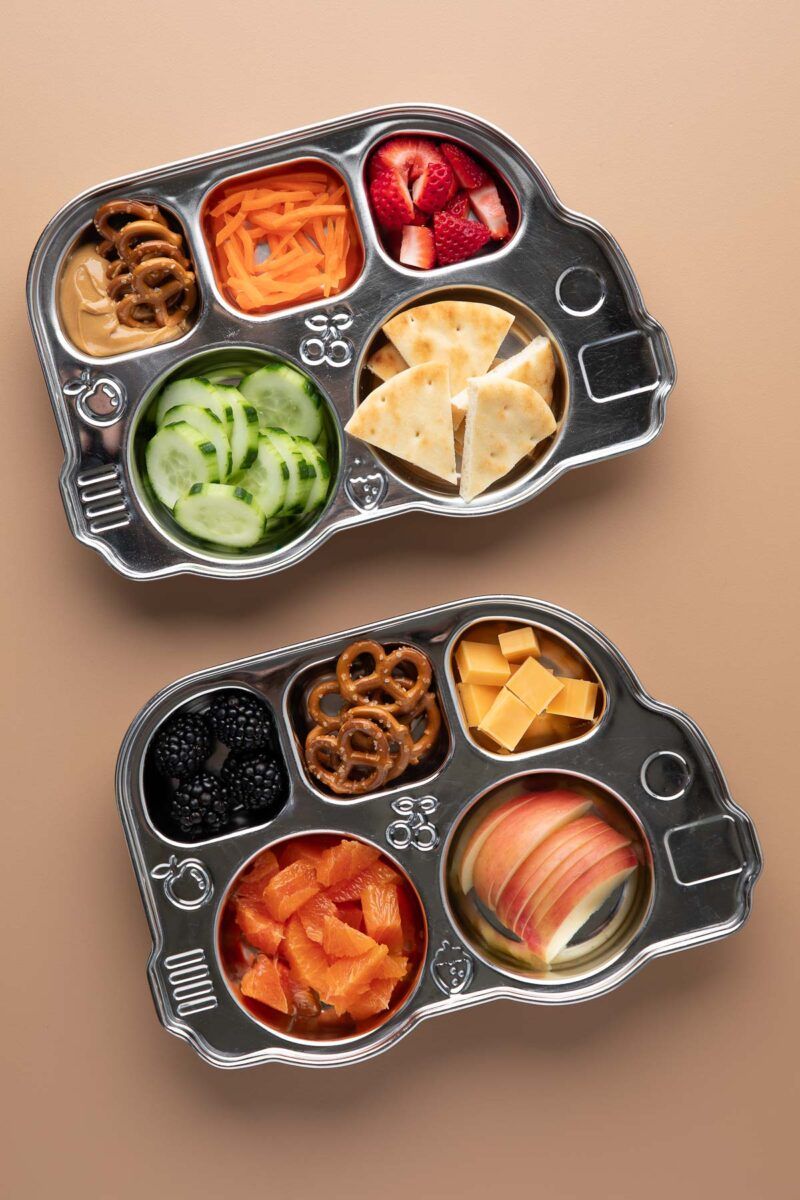
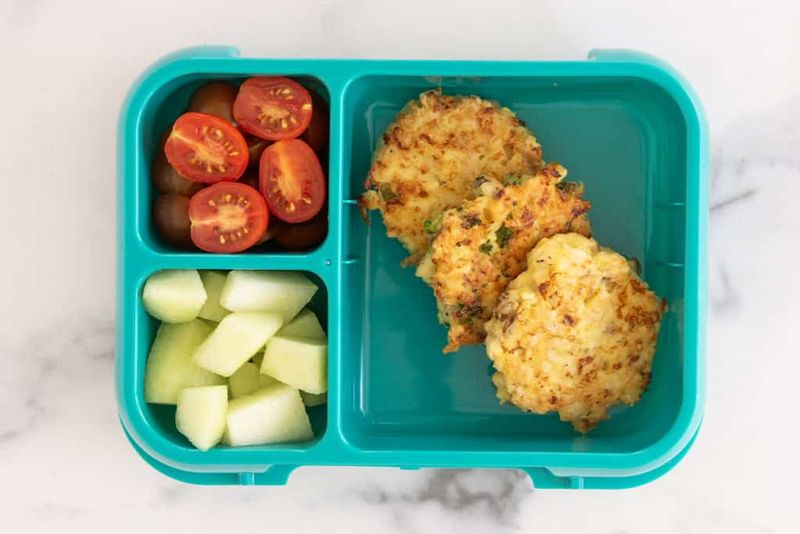
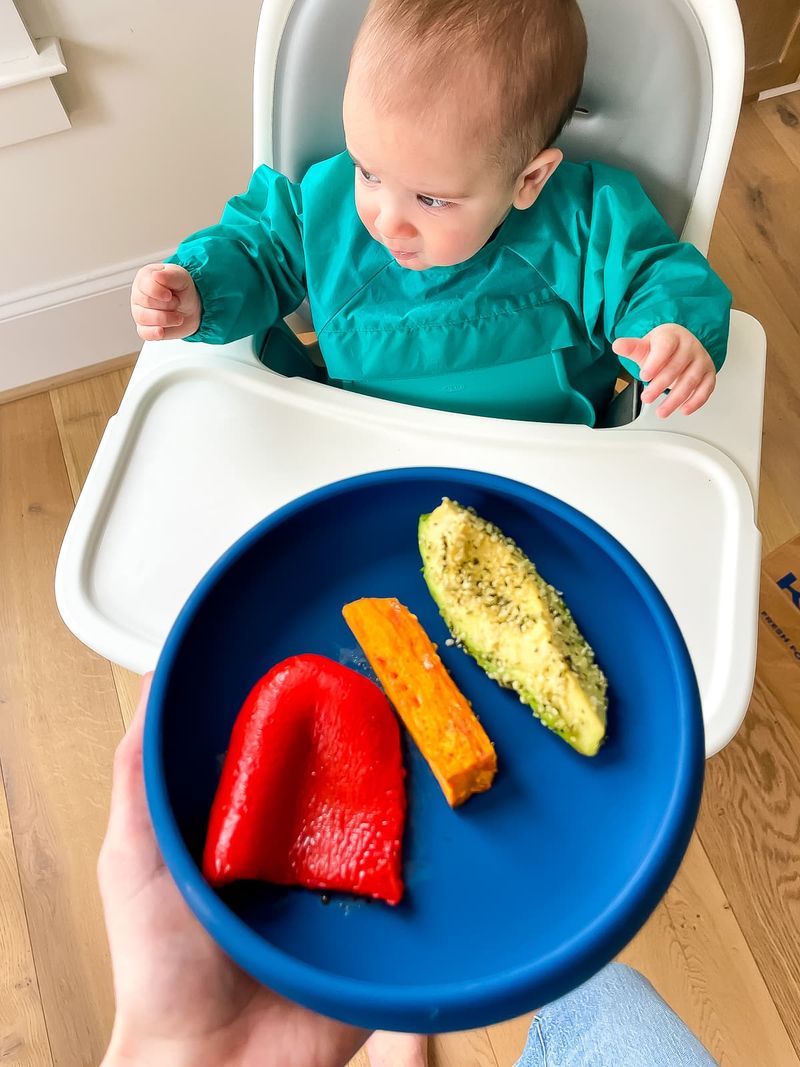

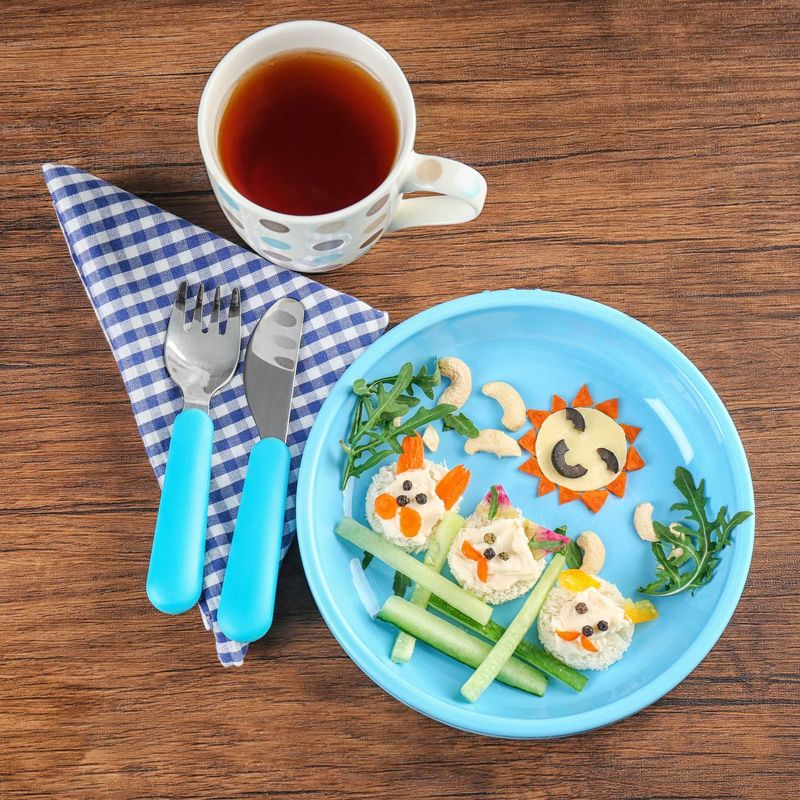

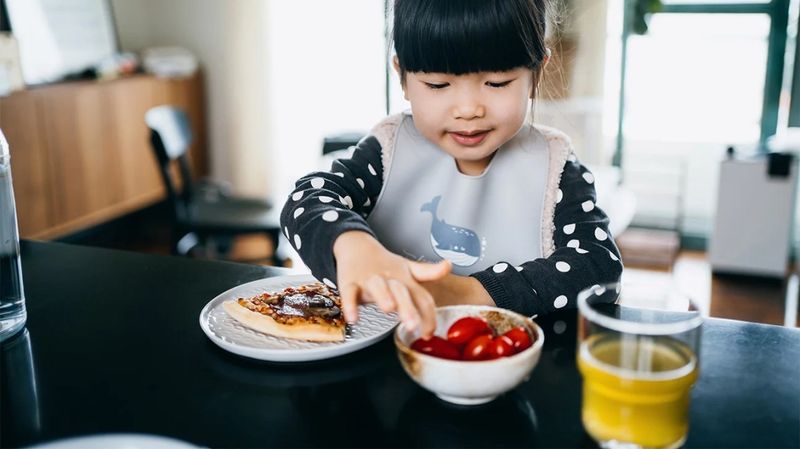
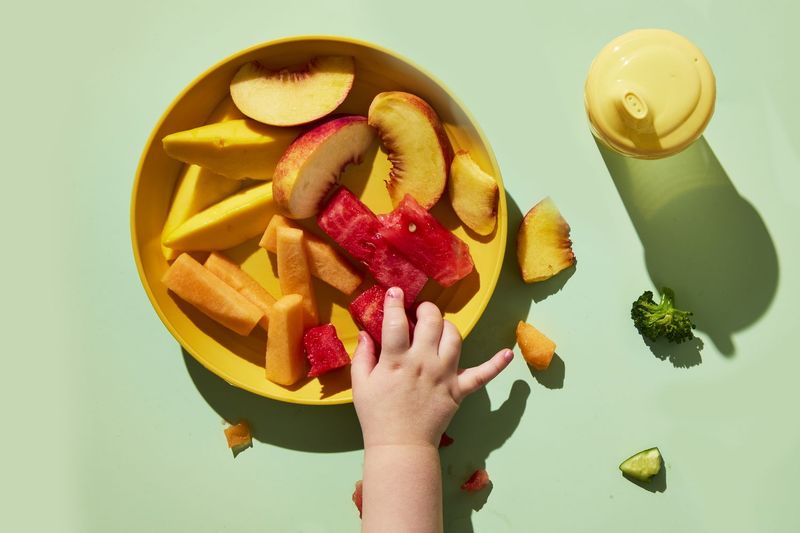

Comments
Loading…